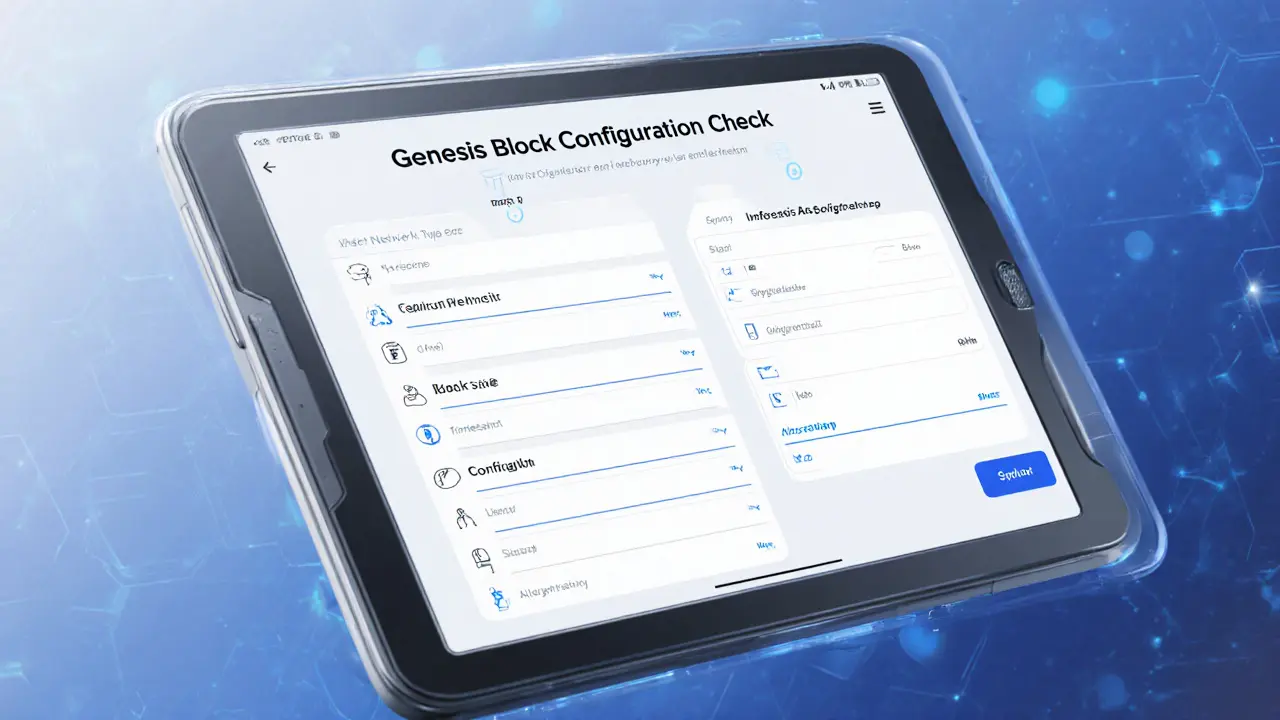Consensus Parameters: The Rules Behind Blockchain Performance
When working with Consensus Parameters, the technical rules that decide how a blockchain reaches agreement on new blocks, validator eligibility, and reward distribution. Also known as network rules, they set block time, gas limits, finality and many other core settings. A blockchain’s consensus engine, whether Proof of Stake, a model where validators lock up tokens to earn the right to propose and attest blocks or Proof of Work, a mining‑based system that uses computational puzzles to secure the chain, depends on specific parameters like staking thresholds or difficulty adjustments. Network Governance, the on‑chain or off‑chain process that lets token holders vote on protocol upgrades can modify those values over time, influencing transaction speed, security guarantees and even token economics. In short, consensus parameters are the knobs that developers turn to balance decentralization, scalability and safety across any blockchain project.
Why Consensus Parameters Matter for Users and Developers
Every token you see on PoolMega – from AI‑driven coins like Flourishing AI to privacy‑focused projects such as Midnight Evergreen – lives inside a set of parameters that dictate how fast transactions confirm and how costly they are. For miners, the difficulty adjustment in a Proof of Work system directly affects electricity bills and hardware wear; for stakers, the minimum stake amount and reward rate in a Proof of Stake chain shape profitability and entry barriers. Validator Set, the group of nodes elected to create new blocks in PoS networks is another downstream entity that reacts to parameter changes – a tighter bonding requirement shrinks the set, raising decentralization concerns but often boosting security. Likewise, Network Governance, the voting mechanisms that allow communities to propose and adopt new parameter values gives projects a way to evolve without hard forks, keeping users aligned with future upgrades. Understanding these links helps you assess whether a coin’s tokenomics are sustainable, whether a mining ban like Norway’s will hit your profitability, or how a new airdrop might be funded by adjusted inflation rates.
Below you’ll find a curated collection of articles that break down real‑world applications of consensus parameters. From deep dives into tokenomics of AI coins and privacy tokens, to reviews of exchanges that adjust fees based on network congestion, and news on regulatory moves that could reshape mining incentives, each piece shows how the underlying rules shape the crypto landscape. Dive in to see how these technical settings translate into the market trends you care about.
Genesis Block Parameters and Configuration: A Practical Guide for Blockchain Builders
Learn how to configure the genesis block for blockchain networks, covering key parameters, Bitcoin and Ethereum examples, best practices, and common pitfalls.
View More




